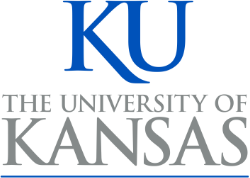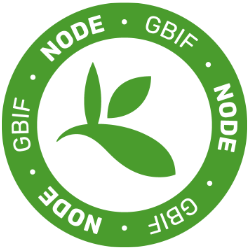What is Advancing Digitization of Biodiversity Collections?
NSF's Advancing Digitization of Biodiversity Collection (ADBC) program is intended to put into digital format records of Biodiversity specimens stored in all U.S. collections.
- ‘Records’ includes taxonomic, geographic and chronological data associated with specimens, as well as images, field notes and other information useful in understanding biodiversity.
- The project will create a Library of Life consisting of the vast amount of geographical and chronological information in institutional collections on the world’s biodiversity.
ADBC includes a nationally distributed network of TCNs, or Thematic Collections Networks, located across the U.S., and the Integrated Digitized Biocollections (iDigBio) based at the University of Florida, in partnership with Florida State University.
- Three TCNs were funded by NSF in the first year (2011); more will be funded in succeeding years. ADBC is a 10-year project.
- Each TCN is a network of institutions with a strategy for digitizing information that addresses a particular research theme, such as impacts of climate change or the biota of a geographic area.
iDigBio is organizing the national digitization effort by working with TCNs and over 130 institutions by building teams and infrastructure to accomplish the goals of ADBC.
- Building teams entails bringing together collection-oriented researchers with IT experts and users of biodiversity data into working groups that address problems related to digitization and identify best practices for getting the most useful information to users.
- Providing infrastructure involves reviewing and recommending methods, software and hardware related to digitization, and facilitating development of new methods where feasible.







